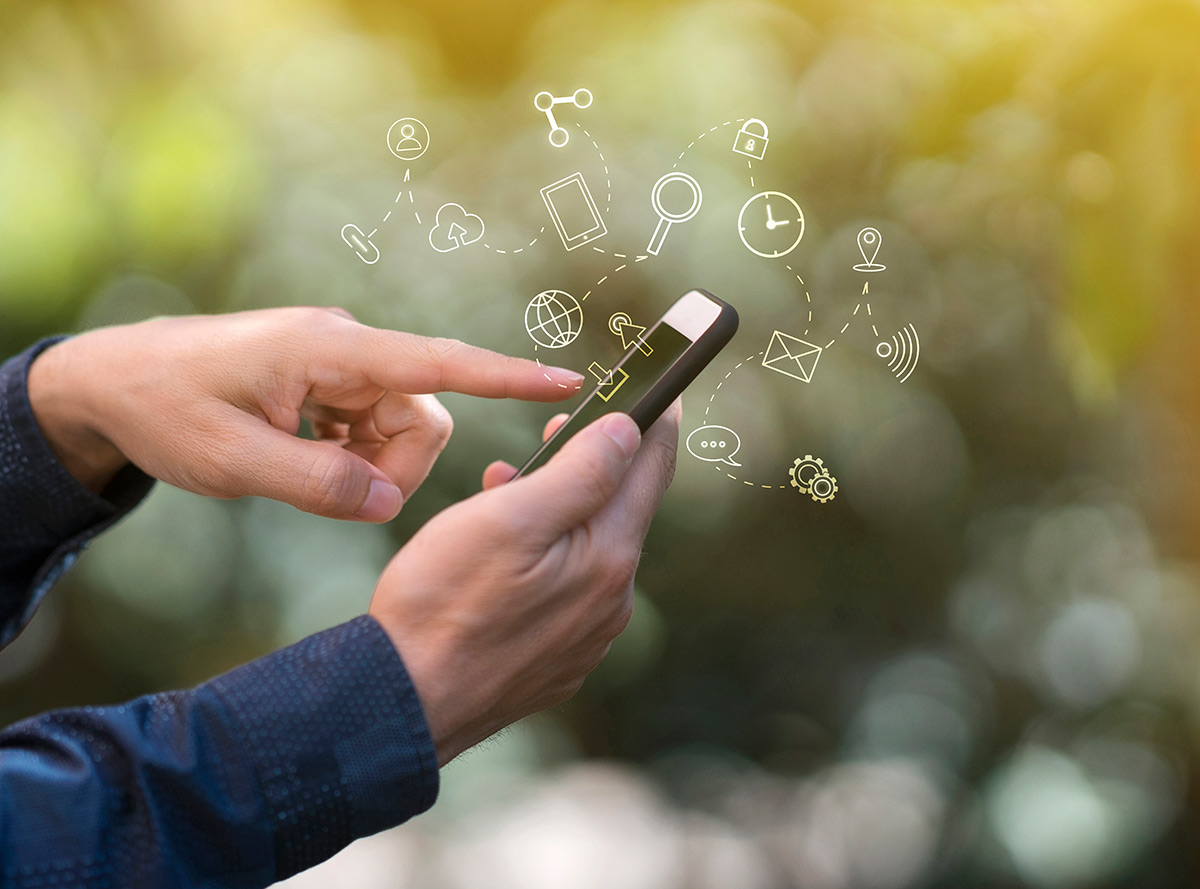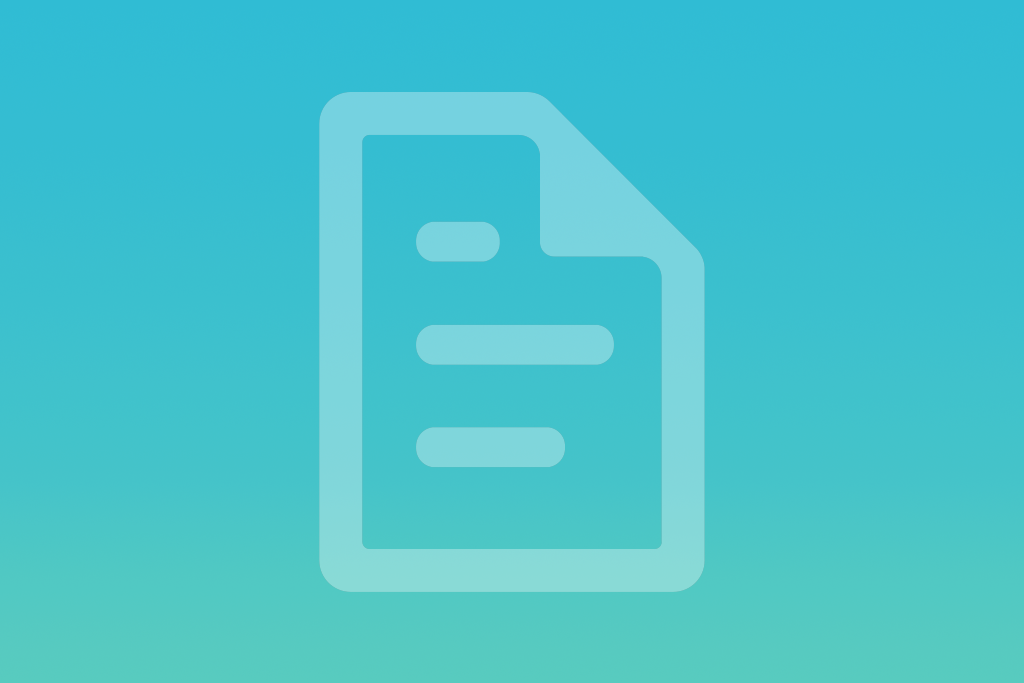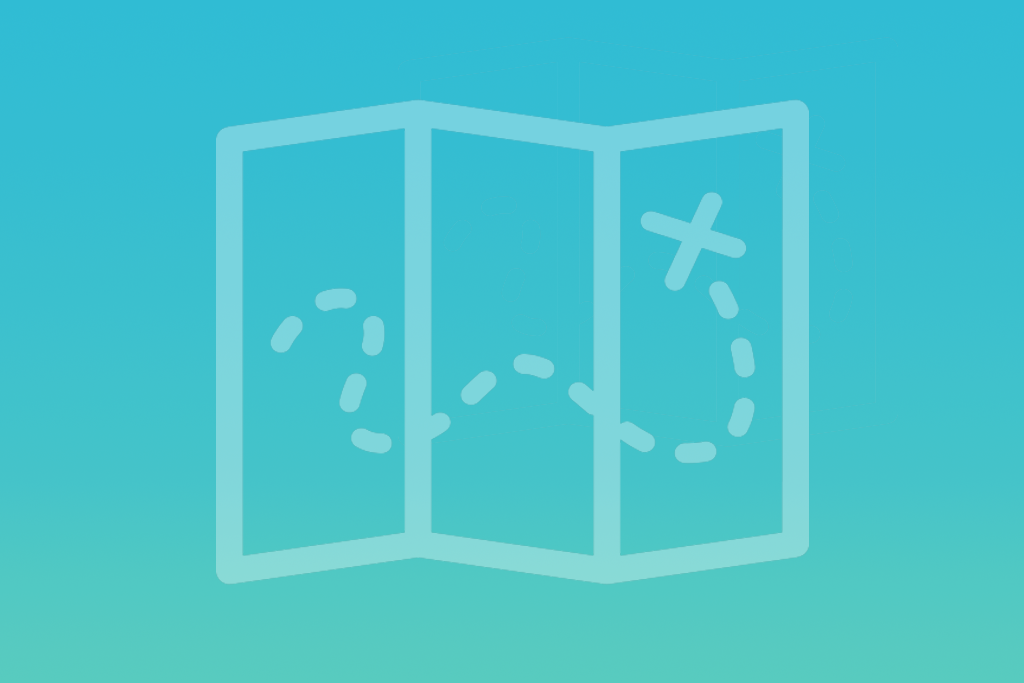
5 Ways to Use the Time You’ll Save Thanks to Library Software
For librarians, it can often feel like there’s more work to do than hours available in the day to do it. After all, you make a monumental difference in your community in so many ways: helping patrons explore the full range of services available to them; planning engaging events for all ages; and patiently guiding those on both sides of the digital divide through using the latest technology. Oh, and then there’s manual bookkeeping, room reservation management, event facilitating … the list goes on and on!
Fortunately, thanks to library software that is becoming more and more intuitive, you can now offload certain time-consuming administrative tasks and free up more of your valuable time for hands-on work. Demco Software’s SignUp and Spaces duo work together to handle transactional event management and room reservation tasks, allowing you to focus on what’s most important: building relationships and expanding your library’s level of service. Read on for five ways to make the most of the extra time you’ll acquire by letting technology take some of the grunt work off your plate.
1. Spend time in the community learning what patrons are looking for from the library.
Venture out into the community to get to know those whom you serve face-to-face. To help strengthen community connections, have staff wear library-branded shirts and name tags so that their affiliation with your library is clear. Also, spend some time before these field trips making sure you’re all on the same page about your goals for interactions. Some potential goals that you might set include:
- Gaining insight into what types of activities specific community segments would like your library to offer.
- Collecting feedback about existing programs.
- Increasing awareness of specific library resources and services.
2. Build relationships with community partners.
You’ve likely reached out to community organizations and local businesses for at least a one-time promotion in the past. Now that you have more time, make establishing a relationship with these representatives a priority.
Give them a call, drop them an email or, better yet, stop by their physical offices to learn more about their organization and how you can work together. Introduce yourself and drop off a few library flyers that promote a specific service or resource that would be of interest to the audiences that each organization serves. Make in-person visits a regular occurrence so that your community partners know you’re interested in a mutual, long-term relationship with them.
3. Focus on marketing to expand your library’s reach.
You may not have had as much time as you’d like to be strategic about your marketing efforts before now. If this is the case, don’t worry — you’re not alone! Now that you have more time, use it to start planning a more comprehensive library marketing strategy. Here are three tips that will help you:
- Dedicate some time each week to collecting inspiration, whether that means cutting out ads that catch your eye in your local paper or saving promotional emails that enticed you to take their intended action. When it comes time to design your own creative pieces, let the powerful components of these marketing pieces inspire your own work.
- Plan — and regularly update — your promotional, or “editorial,” calendar. Search online for a format that works best for you since there are so many different ways to visually organize what your library will promote on your website, on social media and in emails. You may find it helpful to do your strategizing for each season in one long session, but be sure to spend at least a of couple hours each week updating your plan to reflect your progress against your goals.
- Watch free marketing webinars and read free e-books and white papers to brush up on your marketing skills (or gain foundational skills, if you’re starting from scratch). Start with on-demand webinars and other resources offered by organizations like the American Library Association and Library Journal, but don’t limit yourself to just library-focused content. Check out Content Marketing Institute, the American Marketing Association, Copy Hackers and other general marketing publications as well since they highlight best practices and principles that are applicable across industries.
4. Measure what matters and take action.
Spend some of your reclaimed time reviewing the data that you’ve collected about your campaigns and programs and coming up with an action plan based on your findings. Once you’ve analyzed your data, put a quantitative and qualitative assessment plan in place for your upcoming events, programs and promotional campaigns.
This should start with making sure that all of your stakeholders are on the same page about what “success” looks like for each initiative. Then, determine what data you need to collect and metrics you need to track to determine your progress toward your goals, and look into what tools you’ll need to collect. It can be helpful to start with a general assessment plan template. Test your template out on just one of your programs, being sure to update it based on how well it worked. Then, you’ll have an easy-to-replicate plan for future initiatives.
5. Make the media rounds.
Remember how we suggested stopping by local businesses’ and organizations’ offices on a regular basis? The same goes for local media.
Now that you’re out from behind your desk, stop by your local public radio station and introduce yourself. Drop off marketing materials that promote some of your most exciting upcoming events. Let those you meet at the station know that you’re just a call away if they think of a way that you can work together on an upcoming story, whether that means being interviewed on a popular show, providing a quote about a certain subject or even just helping with research. Be sure to share your direct email address and phone number at the library, if you have one.
Try the same approach with newspapers as well. A good way to get the conversation started is to ask journalists the way that they prefer you share information about library news or upcoming events.
When it comes to media relations, be persistent. Set a reminder to follow up with emails or phone calls on a regular basis so your new media connections do not go too long without hearing from you. That way they’ll keep you in mind when they’re looking for a source for a story about local community happenings. Public relations is all about personal relationships!
Start Saving Time With SignUp and Spaces
One of the major areas where librarians may struggle to balance checking off administrative tasks with building meaningful patron relationships is event registration and room/equipment management. In addition to being time consuming for staff, a manual approach to these two tasks can be frustrating for patrons, which is not ideal since patrons expect their library to provide a modern experience that gets them what they need in a quick, intuitive manner. That’s why we developed SignUp and Spaces.
With SignUp, events practically schedule themselves. Registration is a breeze for patrons and the event reports that are generated for librarians actually make sense. With Spaces, room and equipment booking are a snap, and libraries completely avoid double-booking (and the patron dissatisfaction that comes with it). Together, these two tools can reduce human error and help you redirect your valuable staff time to more specialized tasks, like connecting on a personal level with your community, building your network, boosting your marketing and getting serious about assessment.



